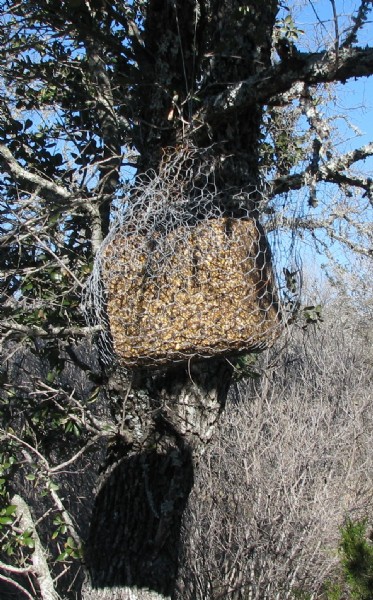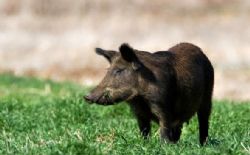 What do I feed my wildbirds in the winter?
What do I feed my wildbirds in the winter?
When you are feeding the birds you are (Supplementing) their existing food (insects, berries etc.), with your addition of seed. This is also known as "Providing Supplemental Food", which is ONE of the SEVEN activities needed to qualify for wildlife management use.
I'd recommend first and foremost to take a census (bird inventory) of what species of birds you have on the property. Conduct this over a period of time (say a week or two). Don't place any bait out. Take your binoculars along with a good camera, a good audio recorder along with a sheet of paper and start identifying the species that are on the property. I like doing this at the crack of dawn, I'll get out on a place and setup a listening/watching station and will be at one location for 20 minutes (listening/watching). Then I will move to another predetermined area of the property and do the same thing.
Once you have identified the species you want to attract, then determine what type of feed you want to provide. Since it's winter, then you will need a high energy food/seed like black-oil sunflower. They are high in fat and easy for smaller species of bird to crack.
Do you want to place a mixture of sunflower, milo, millet, oats in a feeder? I have read studies that indicate that the birds will eat the "favorable" seeds first and leave the rest. I read an interesting study that addresses this question --you can find it here.
According to a webpost created by The Cornell Lab of Ornithology: "The seed that attracts the widest variety of birds, and so the mainstay for most backyard bird feeders, is sunflower. Other varieties of seed can help attract different types of birds to round out your backyard visitors. In general, mixtures that contain red millet, oats, and other "fillers" are not attractive to most birds and can lead to a lot of waste as the birds sort through the mix. Here's our quick guide to seed types" (CLICK HERE FOR THE ARTICLE)
Another item to take into consideration -- location & placement of the feeder. Make sure when you place a feeder out that there is water available for your feathered friends. When choosing a location -- think like a predator. What I mean by this is that you should consider if YOU placed a feeder at location A, are you making the birds easy prey for predators? Yes, you may have predators -- during your surveys/census, look for cats, raccoons, fox and opposum.
Listen to my recent podcast titled "Feeding Wildbirds in the Winter"
If I can be of service or if you have questions contact me using the form below!



